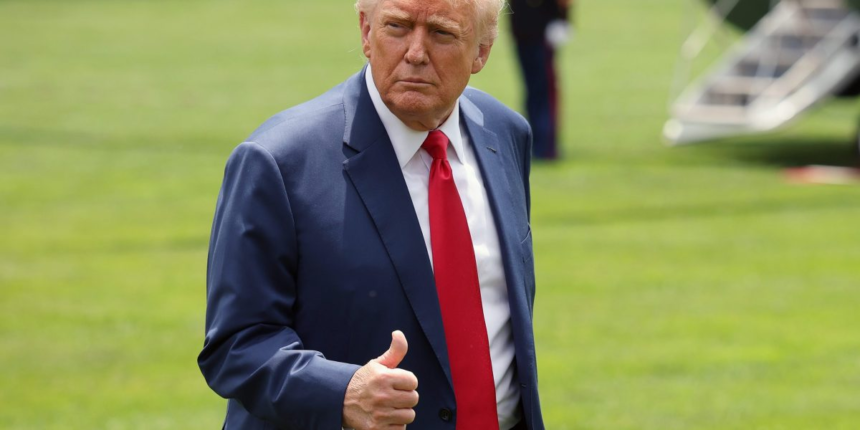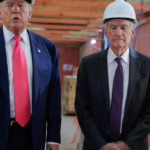Trump announced that the U.S. would charge a 55% tariff on Chinese goods, while Beijing would impose a 10% tariff on U.S. goods. He also proclaimed that China will continue to export magnets and rare earth materials, while the U.S. would allow Chinese students to continue studying the U.S.
Still, Asian markets weren’t thrilled by the news that a deal had, once again, been reached. Hong Kong’s benchmark Hang Seng Index closed down by about 1.4%, while Japan’s Nikkei 225 dropped by about 0.65%. China’s CSI 300 was essentially flat.
Another reason might be that the deal—even in the form Trump characterized in his social media post—merely brings things back to the level proposed on April 2, or “Liberation Day.” Then, Trump announced a 34% “reciprocal tariff” on Chinese imports which, on top of a previously announced 20% tariff tied to Beijing allegedly not doing enough to stop fentanyl smuggling, hiked rates to 54%.
Tariffs on Chinese imports rose to a staggeringly high 145% after rounds of tit-for-tat retaliation. Yet economists think that even a 55% tariff is close to the level where most goods trade between the U.S. and China would be wiped out.
Analysts expect tariffs to cause a rise in inflation in the coming months, even though recent inflation data has come in cooler than expected.
Trump’s post also refers to two issues that have frustrated both sides since last month’s agreement in Geneva.
The U.S. has accused Beijing of being slow to facilitate exports of rare earths. China holds a dominant position in the production of these materials.
In his post, Trump also pledged to allow Chinese students to continue studying in the U.S.
There are around 280,000 Chinese students currently studying in the U.S. Higher education is a U.S. export.
In his Wednesday post, Trump said that he had “always been good” with Chinese students attending U.S. universities.
U.S. investors on Wednesday were cool to Trump’s announcement of his “done” deal. The S&P 500 dipped by 0.27%, while the Nasdaq 100 fell by 0.5%.
As of 4:00 a.m. Eastern time, S&P 500 futures are down by 0.4%.
The 90-day window for U.S. trading partners to negotiate a deal to avoid Trump’s “Liberation Day” tariffs is fast closing. Unless the U.S. extends the tariff pause, which applies to all countries except China, import duties will rise far beyond the current flat 10% rate in early July.
So far, the U.S. has only managed to successfully negotiate a deal with the U.K. Officials are currently talking with several other economies, including India, Japan, South Korea and the European Union.
Update June 12, 2025: This story has been updated to include comments from China’s Ministry of Foreign Affairs’ regular press briefing.









